Francesco Guarini and the team at Able & Baker have made waves with the Netflix favorite, Bad Dinosaurs. The ratings speak for themselves and, at the time of writing, the show enjoyed numerous weeks in the top 10 most-watched TV shows on Netflix worldwide.
Guarini’s journey has been one of creativity, courage, and determination. Since a 3-day workshop in 2014, he has devoted himself to the craft of illustration and visual development. All of this is paying off with a growing interest in his work.
We thoroughly enjoyed catching up with Guarini to hear more about his journey to where he is today. Read on for all of that and more!
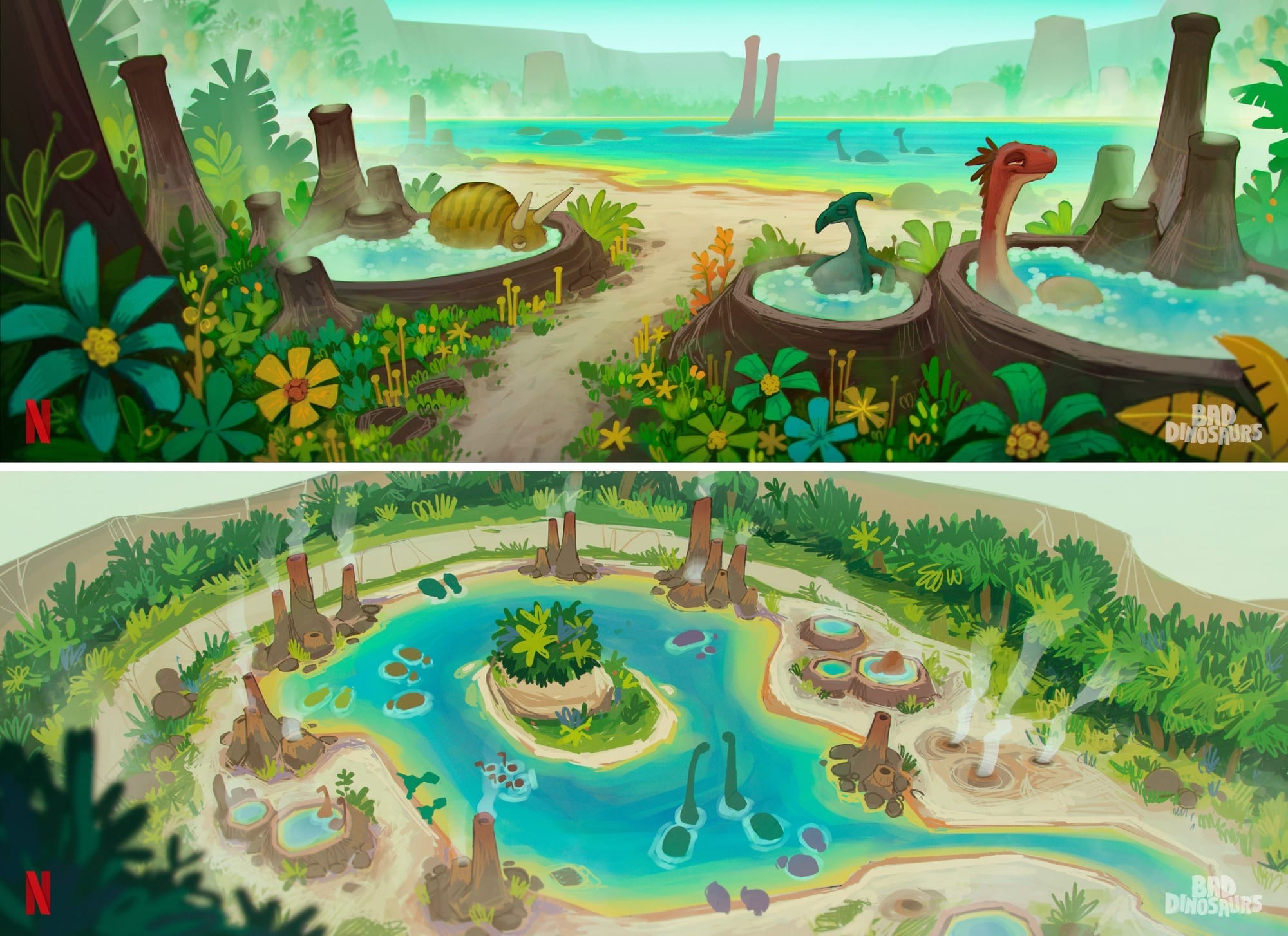
The Gnomon Workshop: Going from being an illustrator in 2018 to a Director and Visual development artist in 2024 seems like a pretty big leap. Can you describe the journey you've been on?
Francesco Guarini: Undoubtedly, many things have changed since 2018. Nevertheless, I hold firm to the belief that hard work and dedication inevitably yield results. While it may sound like a cliché, a sentiment echoed by teachers and parents alike, I genuinely feel the truth in it.
Entering high school, I thought I wanted to draw comics for a living. However, in 2014, during my first year, Stephen Silver visited my school to conduct a 3-day workshop. Though it was not intended for me, I managed to sneak in. What I experienced was nothing short of a revelation: 'You can design for cartoons?!' It was on. That day, I knew what I wanted to do for the rest of my life.
Following high school, I studied Entertainment Design in Florence and took on every illustration/animation job I could get my hands on. The idea was to progress as much as possible, as fast as possible, in the industry. Naturally, my initial gigs were modest, and I encountered setbacks, falling prey to "unscrupulous" individuals.
After putting together my first "serious" portfolio, I began applying to animation studios worldwide. In 2019, I got hired at Blue Zoo Animation in London as a Set Designer on a 2D Nickelodeon show called It's Pony! Finally, I felt I had reached a solid starting point from which to build my career. The rest, as they say, is history.
I feel very much like the same person I was six years ago. I am hungry for results and I don't feel remotely “accomplished.” There are giants out there! I really hope I can keep feeling this way forever. It's the best an artist can ask for!
TGW: There is no shortage of character artists in the world. What have you done specifically to try and stand out from the crowd?
FG: There are some amazing artists out there, and I feel incredibly lucky to live in a world where I am so connected to them. I have the option to interact with my favorite artists every day, on multiple platforms, and learn from them.
I'm not actively trying to stand out from the crowd, if that makes sense. I simply do what I like in the way I like it, and usually, that's a successful combination, of course, provided I put enough work into it.
I believe my strength in character design lies in my ability to think about my designs in 3D from the beginning. Sometimes, I even start with a quick series of sketches on paper, then jump straight into Blender to block out a rough base. After that, I take quick renders from multiple angles and then go back to Photoshop to explore options.
This strategy has proven to be successful, especially in production settings when I hand over my art to a modeler. Sometimes, I've passed my polished blocking to the modeling team, and that, paired with the actual design, has meant a flawless translation of the character from 2D to 3D.
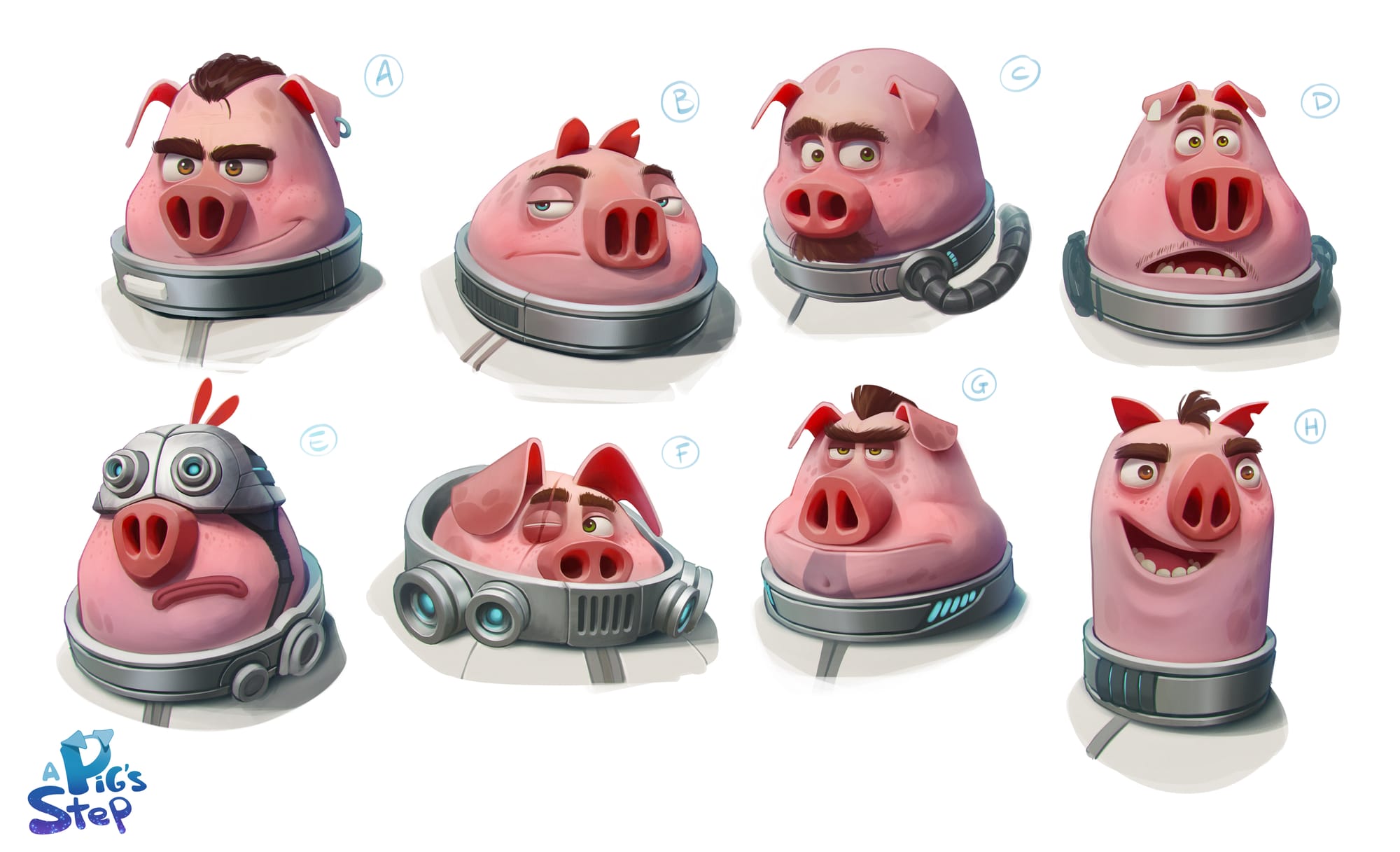
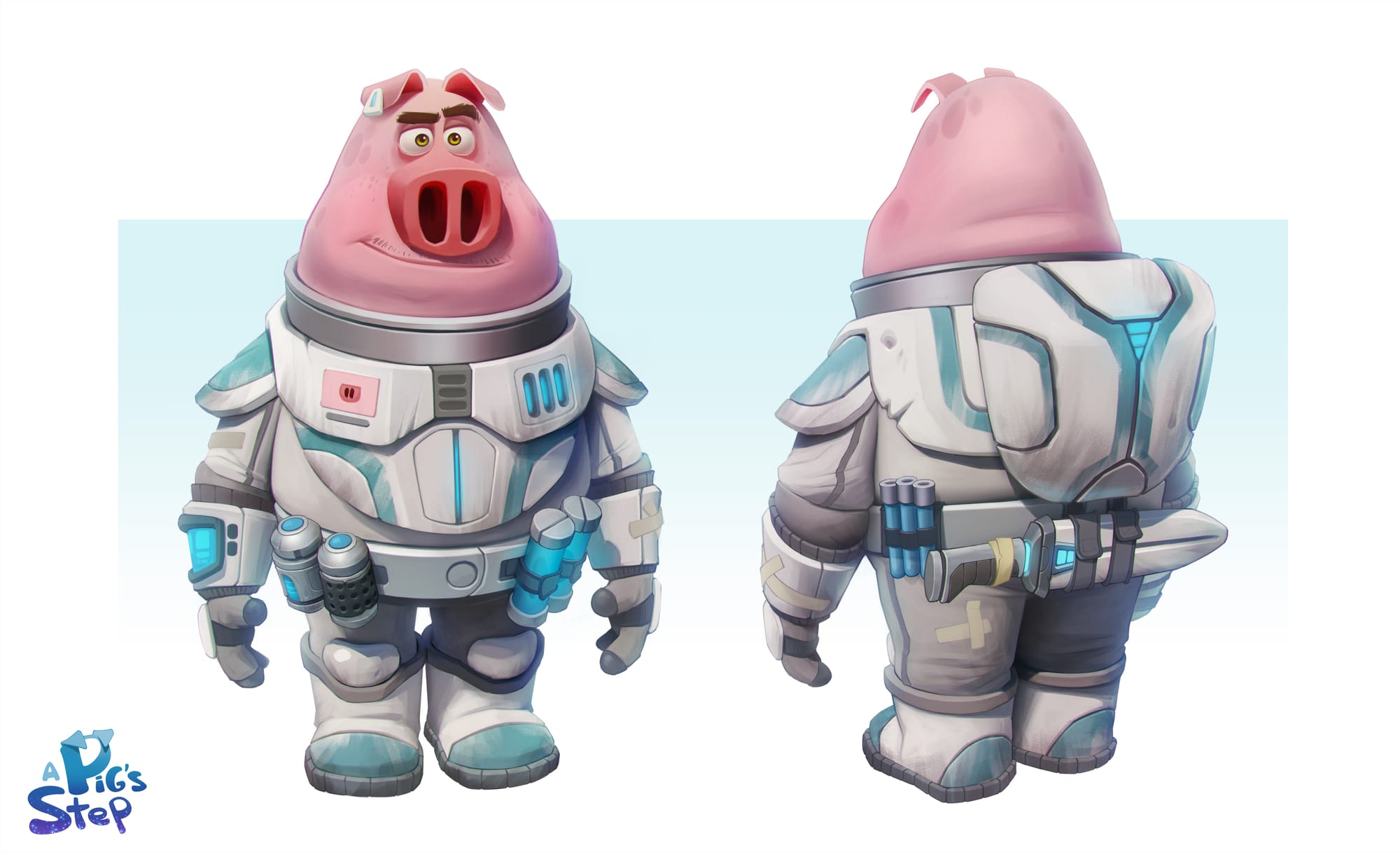
Francesco Guarini exhibits masterful control over all his character creations
TGW: Along the way, which artists have shaped your learning and style the most?
FG: When I started working with Photoshop, I was looking a lot at Ryan Lang's work. I was fascinated by his use of light and his mastery of rendering. I observed some of his most popular paintings in extreme detail and spent a lot of time trying to achieve his level with my characters.
Brett Bean and Stephen Silver also had a big impact when it came to thinking about and designing extreme shapes in characters. Both of them are amazing artists with traditional mediums, and their creativity and freedom of expression with shapes are amazing. I used to look at their work and fill pages in my sketchbook with random "blobs" of color and then try to "find the head designs" inside those shapes. Great exercise; highly recommended!
I was also a student of Stephen in 2018; he taught me a lot about how to deconstruct the human face into simple "parts" and how to play with them creatively.
Of course, they were not the only artists I used to look at. The list is huge. I can name Marcelo Vignali and Armand Serrano if we are talking about world-building and how to think about visual storytelling. Then there’s John Nevarez when it comes to staying fresh with the pencil and generating ideas, as well as his ability to tell stories with just a few marks on a page.
TGW: Tell us about how you got involved with the Bad Dinosaurs project.
FG: I was living in the UK and preparing to move to Madrid with my partner when I saw a story on Instagram from Simone Giampaolo, a friend and the director of the show. He was seeking someone with both design and color skills. I reached out to ask about the opportunity and shared my latest portfolio.
Shortly after, I was contacted by one of the executives of the show, who informed me that the studio producing Bad Dinosaurs was called Able & Baker, located in Madrid — exactly where I was headed! It was incredibly well-timed. I suppose I checked off a lot of boxes for them. So, I was in.
After two months of visual development with the Director, we were ready to start production. From then on, I spent every day at Able & Baker, collaborating with a very talented group of people.
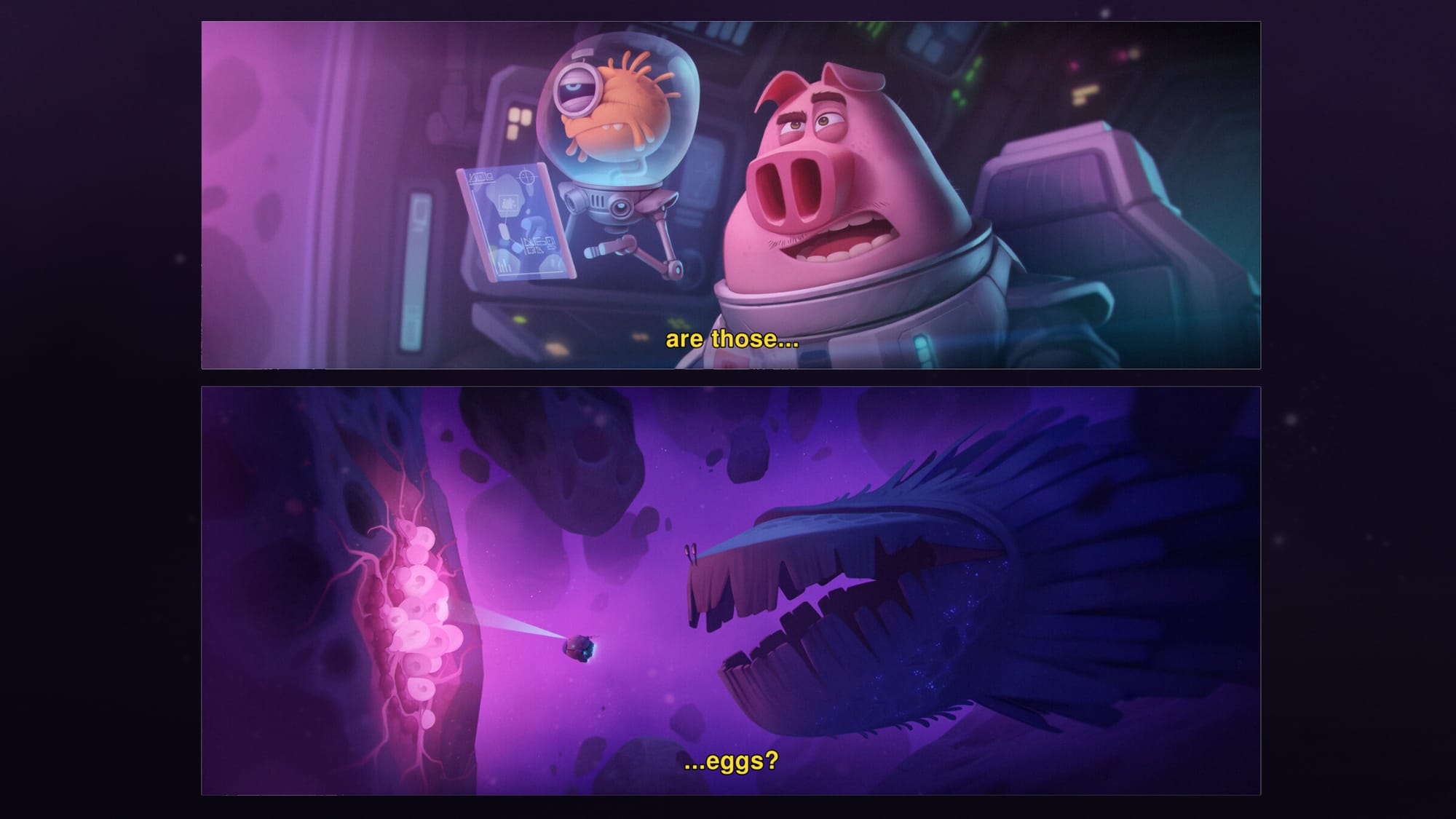
TGW: What were some of the highlights for you personally of working on Bad Dinosaurs?
FG: There are many but the biggest highlight is having delivered a great-looking show with a very small budget. We were in the top 10 most-watched TV shows on Netflix Worldwide for numerous weeks. Amazing!
The team was very young and small, and many of them were doing their first real job in the industry. All of them are amazingly talented. Everyone was very ambitious and hungry and we all wanted every shot to look great, despite the limitations. After a couple of months of production, it felt like family. That's definitely a highlight as well.
TGW: What were the biggest lessons you learned from the project that will live with you for life?
FG: I am a perfectionist. Always been. Probably always will.
Budget and production time are the two unstoppable forces when working on a TV show so the more one works in the industry, the more one gets good at living with it. This lesson is not a new one for me.
Not every shot can be as you dreamed and that's very true when working in TV shows.
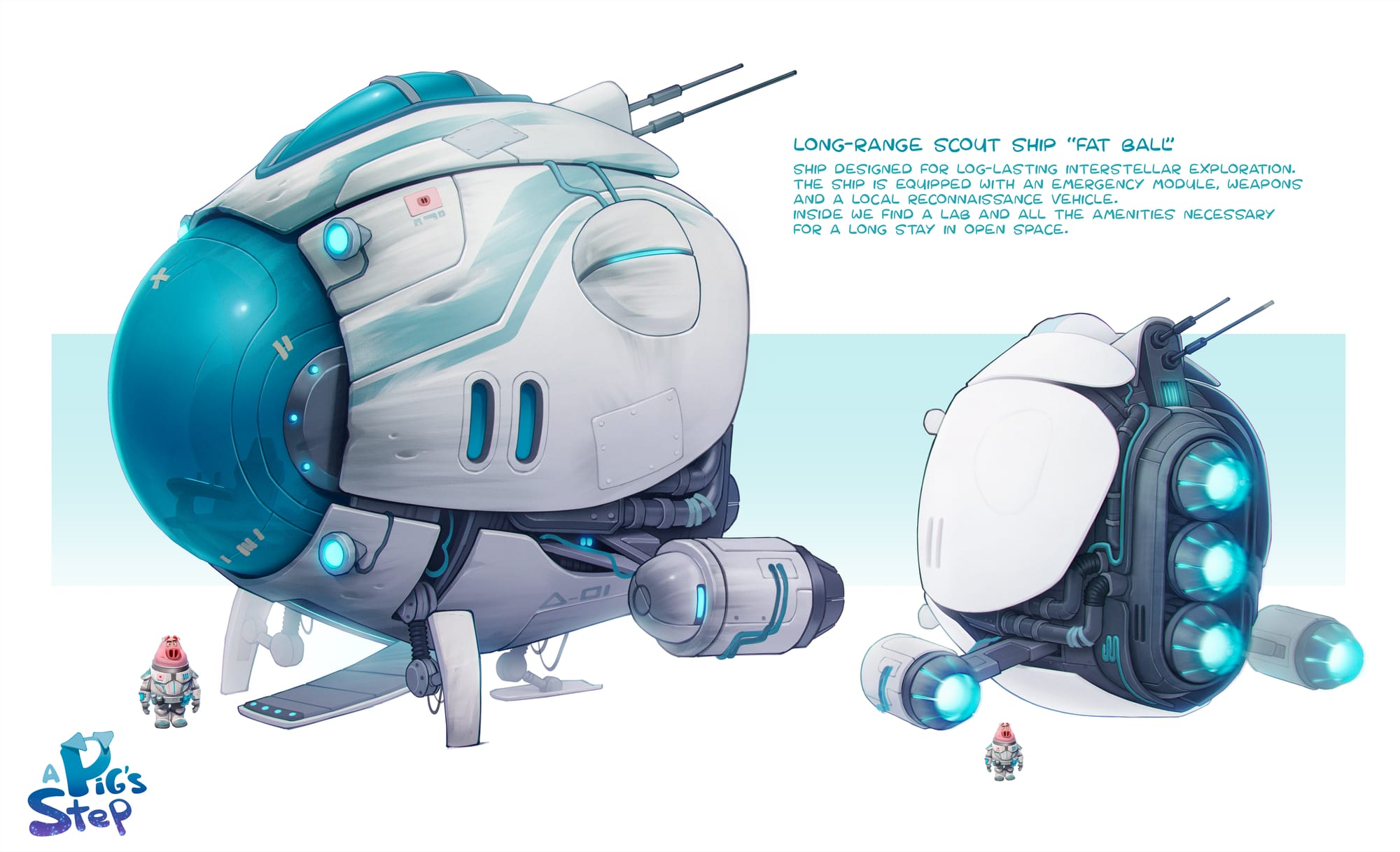
TGW: Your Gnomon Workshop titles revolve around Blender as a 3D application. Why did you choose Blender in the first place, and how is it still the best tool for you to bring your dreams into reality?
FG: Blender is free and it's a community. Everyone can download it. There are great tutorials out there and everyone can contribute by creating amazing add-ons. It's a great tool that allows me to do both hard surface and organic modeling, shading, and so much more. As a concept artist, I couldn't ask for more.
TGW: As well as your Gnomon Workshop titles, what other resources would you recommend to beginners and experts to help them get into creating characters and refining their craft?
FG: For beginners, the best thing that I can suggest is to draw people as much as possible. Anatomy is extremely important, especially when you need to create believable and dynamic poses for your characters. So I would start with having a solid foundation in human and animal anatomy. You don't need to be able to draw every single muscle in the body perfectly but you do need to have a good enough understanding of the main proportions and how the body moves. Then you can play with it!
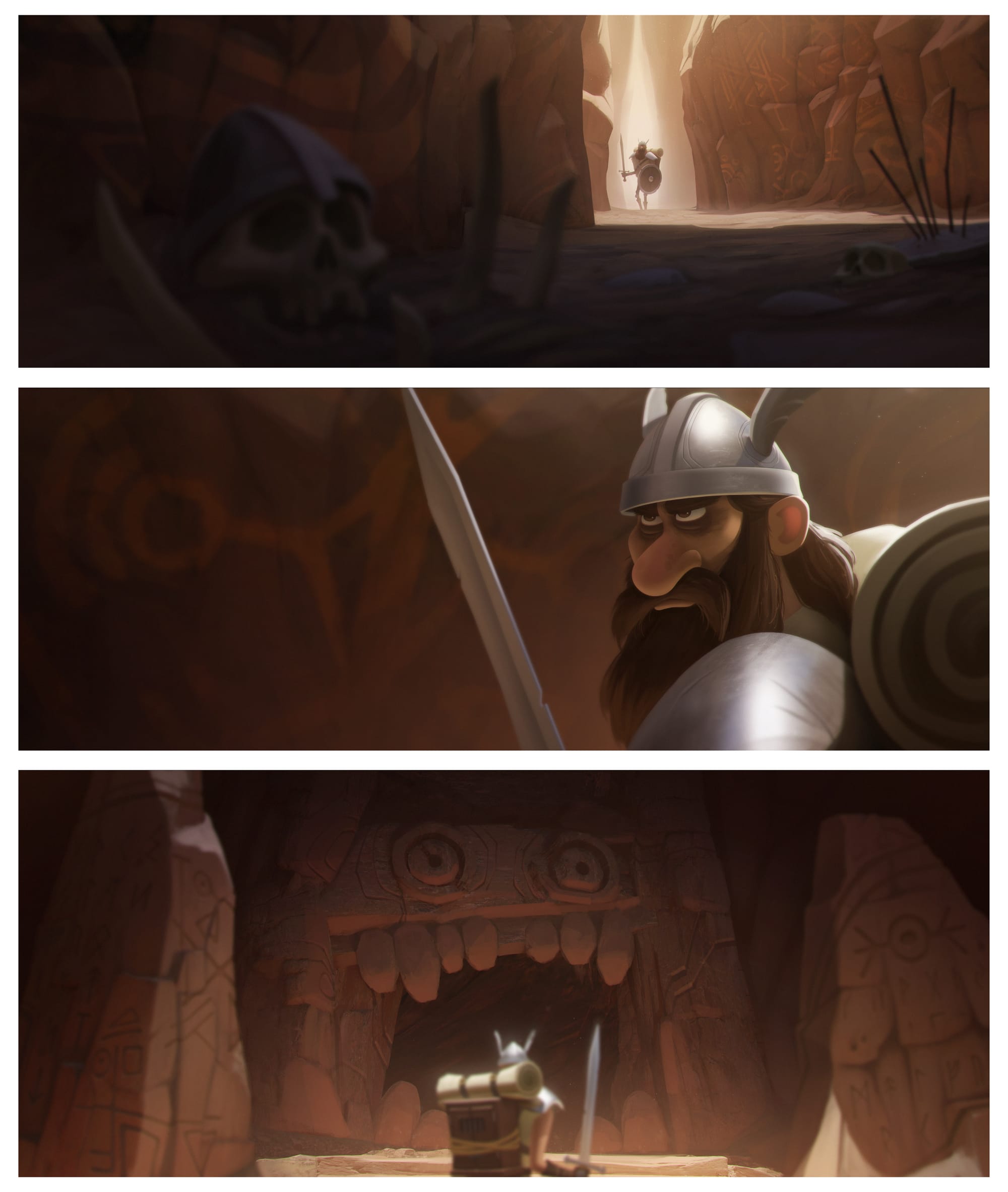
TGW: Do you have any other projects in the pipeline and what are your aspirations for the future?
FG: I can't talk about any of the projects I am working on right now, unfortunately, but there is one big project that I'll soon start to make some noise about through my social channels.
I also have some personal projects that are just treatments waiting to be developed more and a couple of short films at different levels of completion.
I want to keep climbing the ladder and work hard on my skills. I want to work with the best out there and create beautiful content and I want to do it for the rest of my life.
Watch Francesco’s 2D & 3D Design Character Design in Photoshop & Blender Workshop — streaming now at The Gnomon Workshop. A free 7-day trial is available for new customers.
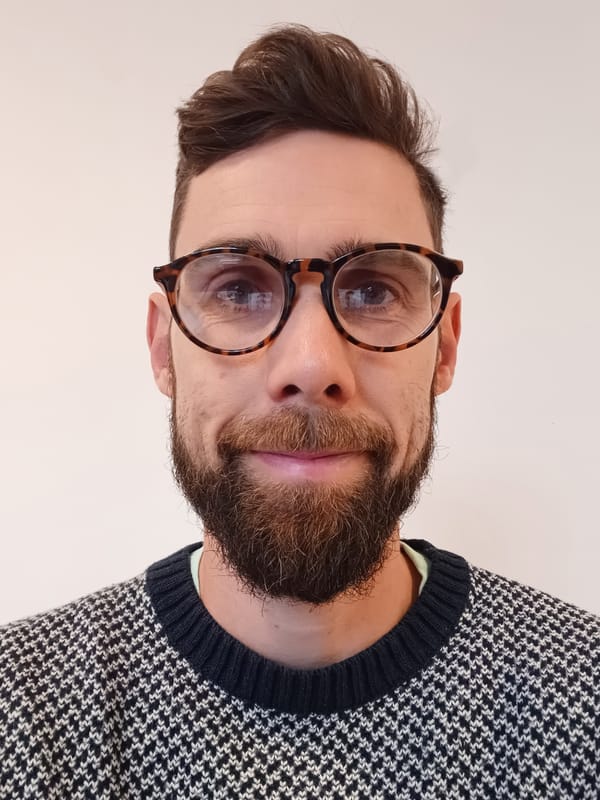
Paul Hatton
Paul has widespread experience working in the 3D, tech, and creative industries. With a love of all things visual, from 3D to videography, Paul enjoys any tech that enables him to bring ideas to life.

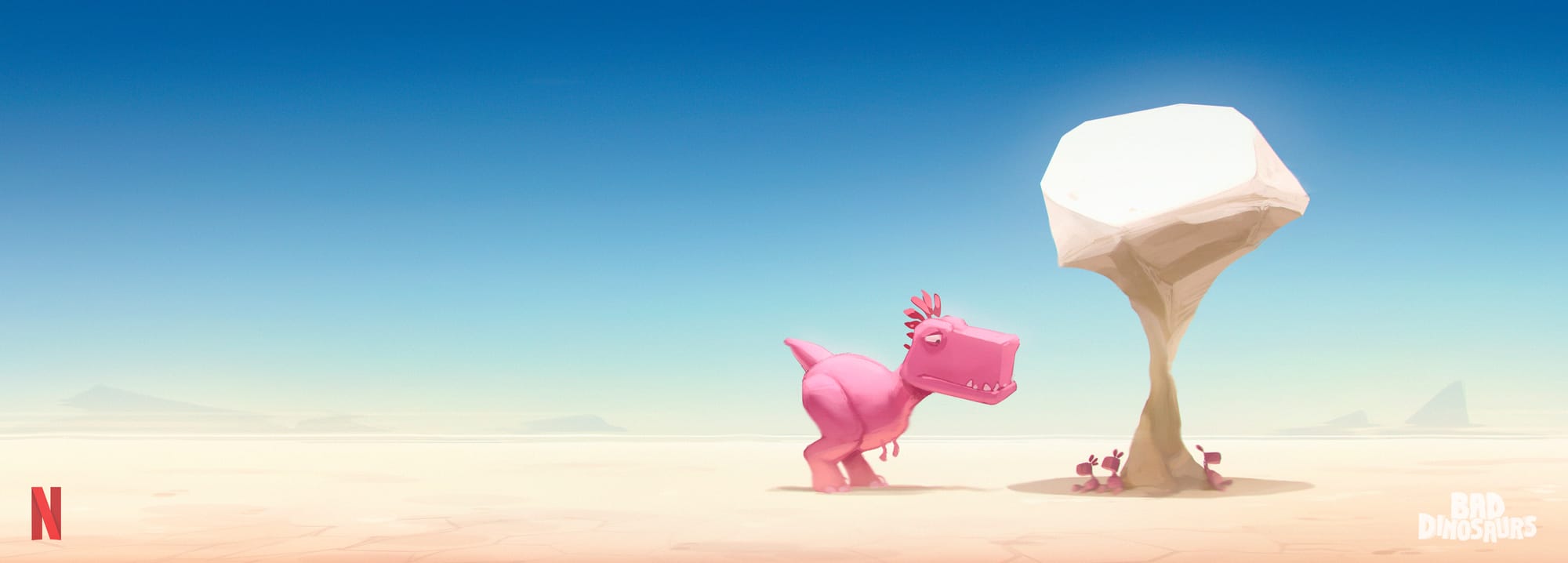


Related News
Beauty in the Beast: Neville Page on Burnout, Mindset & Creative Survival
May 07, 2025
Beauty, Beasts & Better Pipelines: Neville Page on Digital Design & Practical Makeup
May 07, 2025
Capturing Assets & Environments for Call of Duty: An Interview with Gui Rambelli
Feb 10, 2025